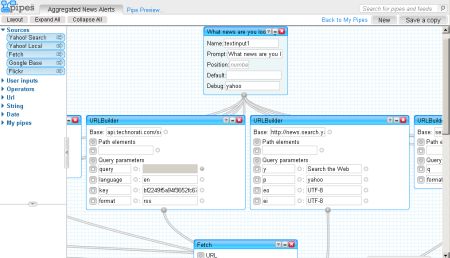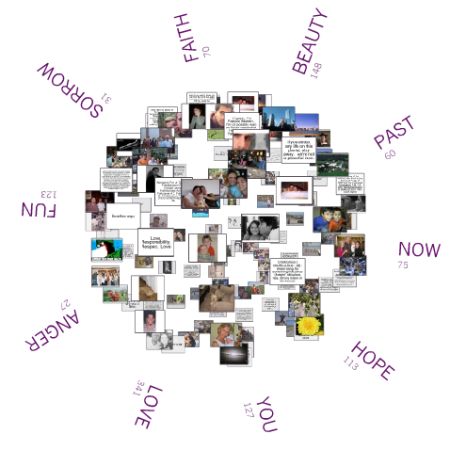Do you remember? Gold rush in 1995
Sean pointed me to an old article that takes us down memory lane. It’s about the gold rush feeling some 12 years ago. The hopes and expectations were as high as today, but the numbers behind „the web“ were much smaller. Here is a couple of quotes, plus my own thoughts of what has changed in the last 12 years.
It’s that huge body of potential consumers that has businesses scrambling to get onto the Web, to which 6.64 million computers are already hooked up. There are more than 100,000 Web sites already […] The popular Yahoo guide to the Web lists more than 23,540 companies. […] Nielsen Media Research (famed for its TV-market analysis) found that 24 million people in the United States and Canada have used the Internet in the past three months–more than 18 million of whom used the Web.
Interesting by the way, the differentiation between the web and the internet. I guess most digital immigrants of today wouldn’t know that there ever was a difference. And I also think that in another 10 years time, people won’t know what we mean by „surfing the internet“ or „being online“. Simply because the net will be omnipresent. Every electronical device and every house, car, fridge, will be connected to the net. People will be online all the time, without thinking or doing anything about it.
To many, this is the dawn of a radical new commercial era in which a single medium combines elements that used to be conveyed separately: text, voice, video, graphics. Countless firms will be transformed in the process, including publishing, banking, retailing and deliverers of health care, insurance and legal services. […] Is there a market for this commercial zeal? Answer: There is a fairly small one now and probably a large one to come in the next decade. But many things must happen technologically and creatively to draw more paying customers.
While the boom up until 2001 was filled with hope in an era of still too few users and static websites, the last couple of years have changed that. This is, of course, what people refer to as web 2.0. It caused a shift, both technologically, and in the way users can interact with websites (i.e. companies). And there is around 1 billion people online by now – in many developed countries, the rate is between 40-70% of the population.
most information on the Internet is already free, as is much software. Experienced Internauts, not used to paying for things they download, may be reluctant to pay as they go. Second, as spectacular as the Web technology is, it still has a considerable way to go to become attractive to the great numbers of consumers who are used to the amenities of mall and catalog culture.
Things like Flash, AJAX, etc. have greatly improved the usability of many sites. Some sites have implemented payed content business models which actually work, based on exclusive content or functionalities. But quite a few sites that tried to offer more or less regular content for paying subcribers did not succeed an opened up their archives again. This will not change. Unfiltered, regular content will become somewhat of a commodity. Only sites offering added value through filtering, remixing, sorting or commenting existing content will make a difference. If, and only if, users can tailor these services to their needs. Relevance of content will be increasingly important during the ongoing flood and fragmentation of information.
The new requirements for advertising and marketing in this new era were already cristal clear in 1995:
Understand the medium. Conducting business on the Web, a phenomenon with no parallel in communications history, will demand new strategies in advertising and marketing. Unlike broadcasting and print, which are one-to-many entities with a passive audience, the Internet is a many-to-many medium in which everyone with a computer and modem is a potential publisher. Web surfers, for example, tend to be self-directed. They typically have little patience for „brochureware,“ advertisements that are thrown up like so many billboards.
The Web gives commerce a unique opportunity to communicate directly with employees and customers around the world. „The Web can be a powerful tool for fostering connections, building associations, delivering information and creating online communities,“ says John December, co-author of The World Wide Web Unleashed. […] The Web, says Hamilton [Federal Express], is „one of the best customer relationship tools ever.“
I wonder, why it has taken the industry so long to start offering the right kind of marketing tools? In a way, there still is a lot of companies out there that don’t respect what has been written 12 years ago!
I am very curious to see what the world will look like in another 12 years. I will be close to 50 years old, probably with kids – digital natives – and hopefully still maintain this blog. Just to make sure that I will pull this old post out again, I will send myself a reminder via email for in 12 years time, using futureme.org.



 Wo ich sonst so bin...
Wo ich sonst so bin...